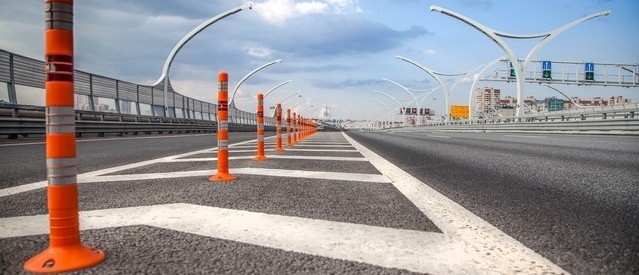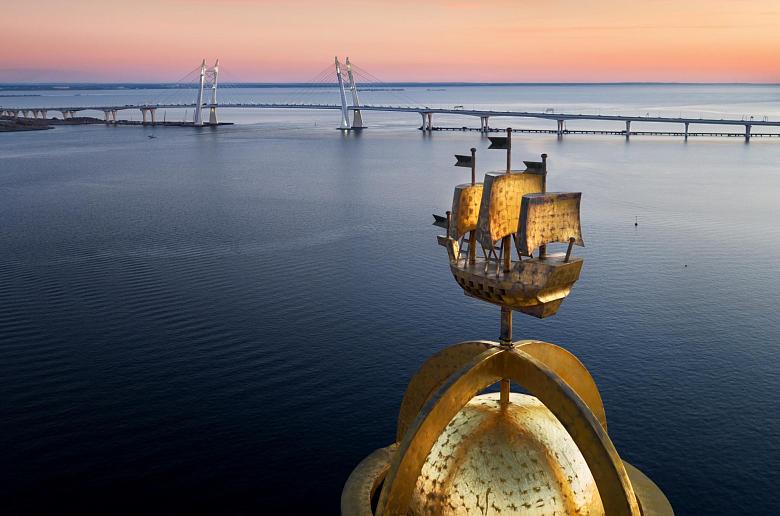Modernisation of the lighting system has been completed on the WHSD: the highway will become even greener and safer
02 november 2023
News
The mainline's operating services and contractors successfully completed the project "Modernisation of the WHSD Outdoor Lighting System" on schedule.
Within the framework of the project, over 6,900 lighting fixtures with DNAT high-pressure discharge lamps were replaced with modern LED lighting fixtures purchased as part of the project between June and October.
The main goal of the project is to improve the energy efficiency of the WHSD operation, which means reducing the negative environmental impact of the motorway's operation by reducing energy consumption and efficient management of production and consumption waste.
The project will reduce energy consumption by more than 60% per year and reduce the generation of hazard class III waste.
The environmental aspect of the project implementation is the reduction of air pollution in St. Petersburg, which is ensured by reducing the level of energy consumption at the facility. The effect of modernisation of the outdoor lighting system on the WHSD can be presented in the following indicators: an electricity producer using natural gas as fuel for its generation will reduce emissions of: nitrogen oxides by 17232 kg, sulphur dioxide by 144 kg, carbon dioxide by 9262 kg, suspended solids by 359 kg in one year due to the project implementation.
The work on replacing lighting fixtures on the WHSD was carried out daily during off-peak periods of vehicular traffic, with an average of 70-80 lamps replaced per day. The main objective of the maintenance services was to organise the work in such a way that it would not cause traffic difficulties and would not increase the risk of accidents. During the project implementation, no accidents were recorded in the areas where these works were carried out.
The new outdoor lighting is the most comfortable for perception. In addition, the modernised system has improved the reliability of the lighting system - modern LED lighting fixtures will burn out and require maintenance much less frequently, which will significantly reduce the number of out-of-service installations and, therefore, the reduction of carriageway illumination, reduce the number of emergency repairs and lane closures on the motorway, and, therefore, make traffic on the WHSD even safer.
Related publications







